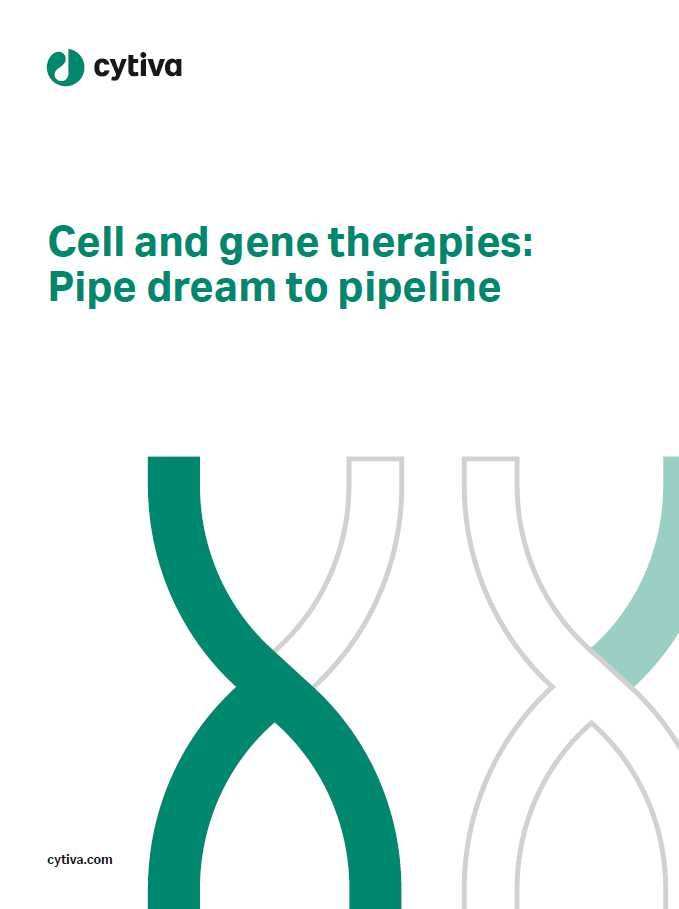
Bringing a new treatment for a rare disorder to market is often only half the challenge. Reaching niche patient populations, handling complex delivery needs, and getting insurers to cover costly drugs all pose significant access barriers.
As orphan drug spending in the US reaches record highs, rare disease drug manufacturers are now exploring new distribution strategies.
In contrast to other drugs, many rare disease treatments require specialty pharmacies to facilitate their unique dosing or storage needs. In recent times, some specialty pharmacies have begun consolidating with insurers and hospital systems, allowing them to have an advantage when it comes to distributing treatments targeting more prevalent rare diseases.
But as major specialty pharmacies increase their market foothold, smaller ones still offer price and access advantages for drug manufacturers targeting ultrarare diseases. Moreover, price pressures from new and upcoming gene therapies—which can cost more than one million dollars—have the potential to dramatically change traditional distribution models.
Multiple distribution partners
In the US, the Orphan Drug Act defines a rare disease as any condition affecting less than 200,000 people. Rare diseases can range from narcolepsy, which affects 200,000 US patients, to amyotrophic lateral sclerosis with 15,000 patients, and the ultrarare disease Hutchinson-Gilford progeria with 20 US patients.Most FDA-approved drugs over the past five years have targeted rare diseases, highlighting the need for improved distribution strategies.
Companies targeting more prevalent rare diseases have begun moving away from exclusive agreements and towards arrangements with multiple distribution partners, experts say.
Because of vertical integration between specialty pharmacies and payers, an exclusive sales agreement with one specialty pharmacy could limit coverage options, says health-system expert Randy Vogenberg. If the chosen specialty pharmacy has merged with a major payer, it could be challenging to get reimbursement from another major insurer, he explains.
In September 2021, wholesale pharmacy Walgreens Boots Alliance made a majority stake investment in the specialty pharmacy Shields Health Solutions, while the insurer Centene acquired PantherX the preceding year.
For rare diseases with around 50,000 patients or more, a “hub and spoke” model involving multiple specialty pharmacies often offers the best reimbursement and access opportunities, explains Patti Engel, CEO of rare disease market development firm Engage Health. Under this model, a centralized specialty pharmacy “hub” can direct patients to “spokes” of other specialty pharmacies that accept different insurance models, she says.
With the hub-and-spoke system, drug manufacturers normally sell their treatment to specialty pharmacies, and therefore don’t have to pay administration and delivery services fees, Engel adds. However, this means manufacturers can’t control the mark-up on their drug or the effort a pharmacy puts into negotiating payer coverage, she explains.
Specialty pharmacy consolidation
While consolidation among specialty pharmacies is not yet at the same rate as that seen with wholesale pharmacies and pharmacy benefit managers (PBMs), it is following a similar trend, says a drug distribution expert. According to Drug Channels Institute (DCI), four specialty pharmacies—CVS Specialty, Accredo/Freedom Fertility, Optum Specialty Pharmacy, and Alliance Rx Walgreens Prime/Walgreens stores—accounted for three-quarters of US specialty drug spending in 2020. The total specialty drug revenue of $176 billion in 2020 represented a 9.1% increase over the previous year’s total.
Consolidated services normally lead to a lower net cost for drug manufacturers, Vogenberg explains. However, when a manufacturer is using a consolidated distribution solution, it becomes more costly to switch the distribution system when needed, he notes.
Exclusive agreements for ultrarare diseases
It is a slightly different story when it comes to the even smaller group of ultrarare diseases. For these disorders, an exclusive agreement with one specialty pharmacy is often the best choice, Engel says. For example, Origin Biosciences recently signed an exclusive distribution deal with specialty pharmacy Biologics by McKesson. Origin’s Nulibry (fosdenopterin) treats molybdenum cofactor deficiency type A—an ultrarare metabolic disorder with approximately 150 patients worldwide.
If one pharmacy is the sole provider for a disease with a population in the thousands, insurers are motivated to work with that one pharmacy, Engel adds. In addition, the small specialty pharmacy could provide expertise in the specific rare disease, relationships with key clinicians, and knowledge of negotiating coverage with insurers, she says. The National Institutes of Health (NIH) estimates there are approximately 7,000 rare diseases in the US, with many having very small, niche pools of clinical experts.
“An exclusive [distribution] model for a manufacturer helps cut down vendors and decreases their costs,” says Brandon Salke, CEO of the specialty pharmacy Optime Care. In general, drugs for rare diseases with fewer than 50,000 patients stand to benefit the most from an exclusive agreement with a specialty pharmacy, he notes.
Exclusive contracts also allow drug manufacturers to control the list price of their drug, contractually limiting the specialty pharmacy to a set percentage mark-up, Engel says. The drug manufacturer will usually pay the specialty pharmacy fees for services like ensuring that a patient’s insurance covers the ultrarare disease therapy, she adds. This grants manufacturers more knowledge and oversight over which patients receive their drug and the reimbursement obstacles they face, she explains. In contrast, with other types of contracts, a manufacturer sells the product to the pharmacy outright without a fee-for-service stipulation.
Risk-sharing contracts for gene therapies
Approved gene therapies can cost upwards of one million dollars, so insurers regularly seek innovative risk-sharing strategies in contracts, Vogenberg says. But in the realm of rare disorders, he says, value-based contracts should have as few parties as possible, making it easier to assign risk and structure outcomes that trigger payments.
In these cases, there would be an incentive to remove PBMs from the supply chain and reduce or eliminate the number of involved specialty pharmacies where possible, Vogenberg notes. Manufacturers could seek more direct relationships with hospitals for gene therapies administered in the inpatient setting, he adds.
Hospital systems are also joining the trend toward consolidation, with many operating or acquiring their own specialty pharmacies. “Pharmacies owned by hospital systems are now very aggressive in growth in the marketplace and are very much a force to be reckoned with by manufacturers,” says reimbursement consultant Doug Paul of Medical Marketing Economics. However, hospital-owned pharmacies will not necessarily displace other specialty pharmacies, he notes.
The most prevalent rare diseases likely to soon see gene therapy approvals are hemophilia, Pompe disease, and Duchenne muscular dystrophy (DMD), the drug distribution expertsays. Spinal muscular atrophy—another more prevalent rare disease with gene therapy movement—recently saw the approval of Novartis’sZolgensma with a list price of over two million dollars. Still, if all these gene therapies gain approval, there would likely only be around 30,000 eligible patients by 2025 or 2026, he adds.
As more gene therapies enter the market, the public will likely have mixed feelings, Salke says. Gene and cell therapies will be seen as breakthrough treatments, but people will likely question their exceedingly high costs, he explains. “Payers will seek out innovative payment structures to help curb the cost and provide a safety net,” he says.
Cell & Gene Therapy Coverage on Pharmaceutical Technology supported by Cytiva.
Editorial content is independently produced and follows the highest standards of journalistic integrity. Topic sponsors are not involved in the creation of editorial content.





